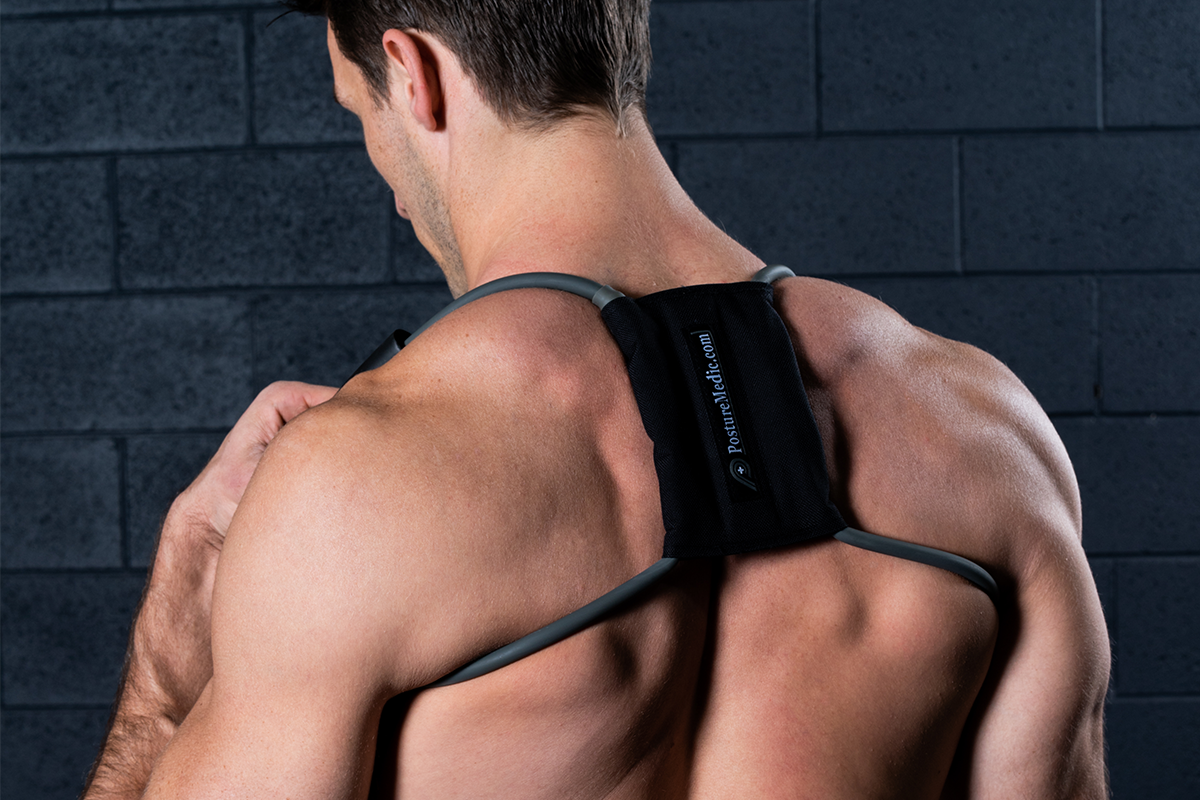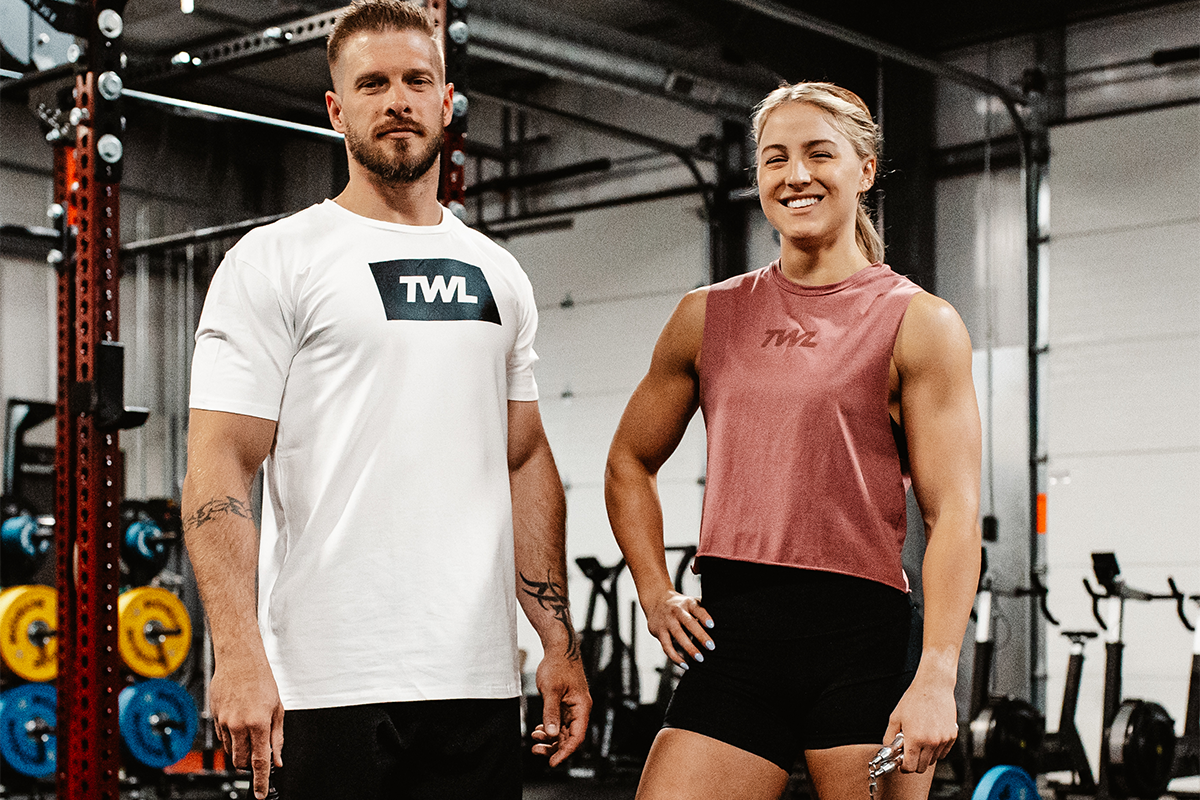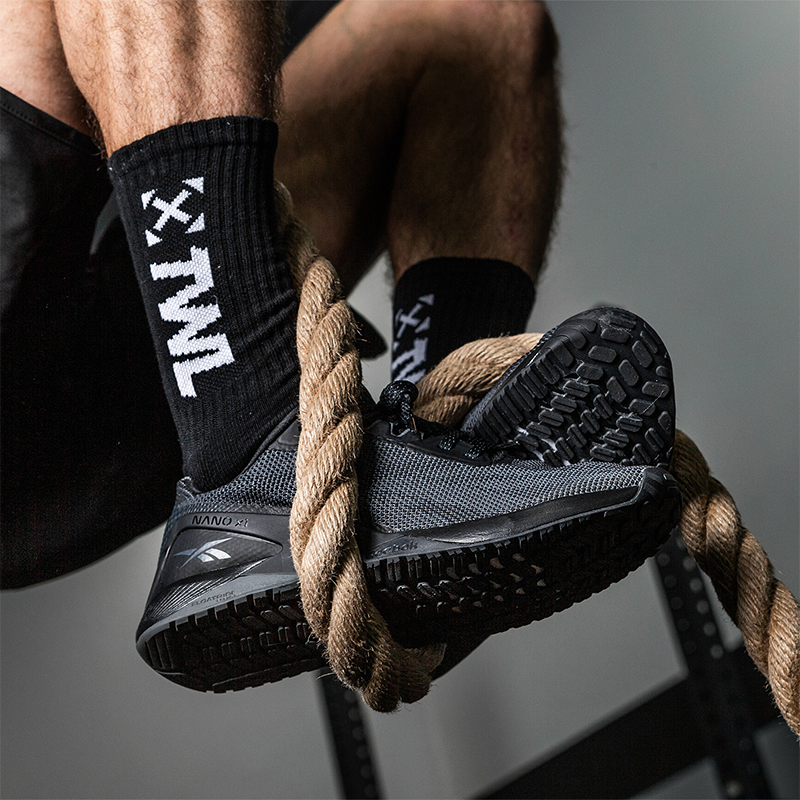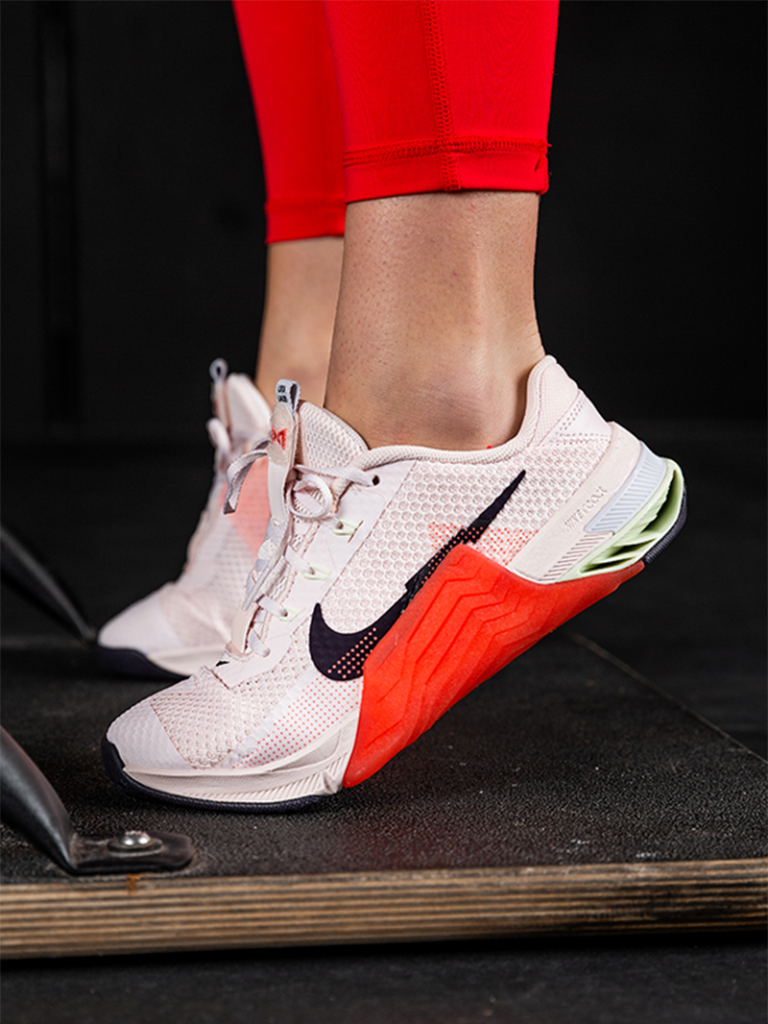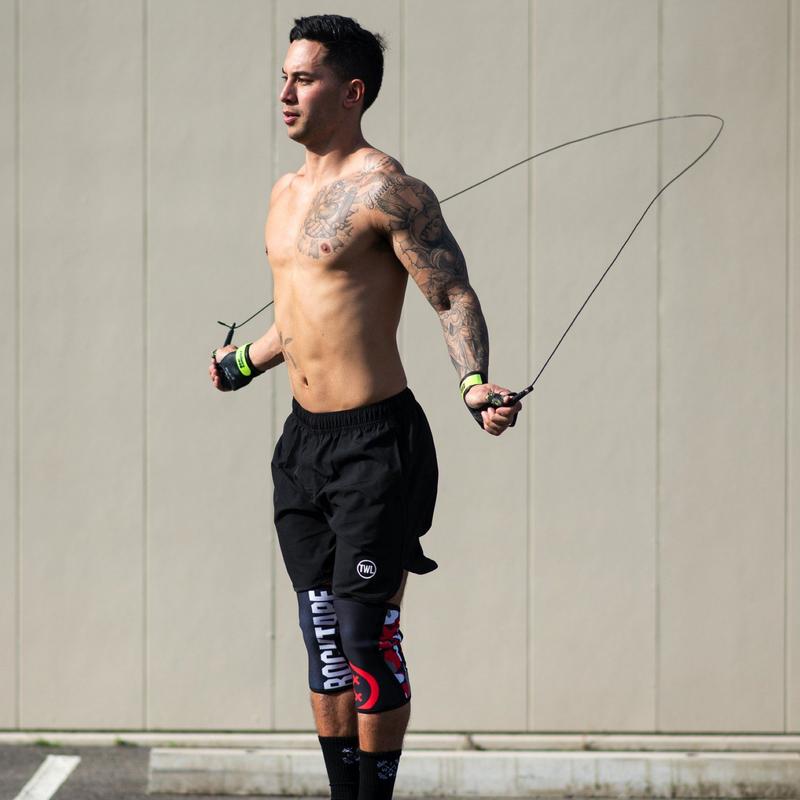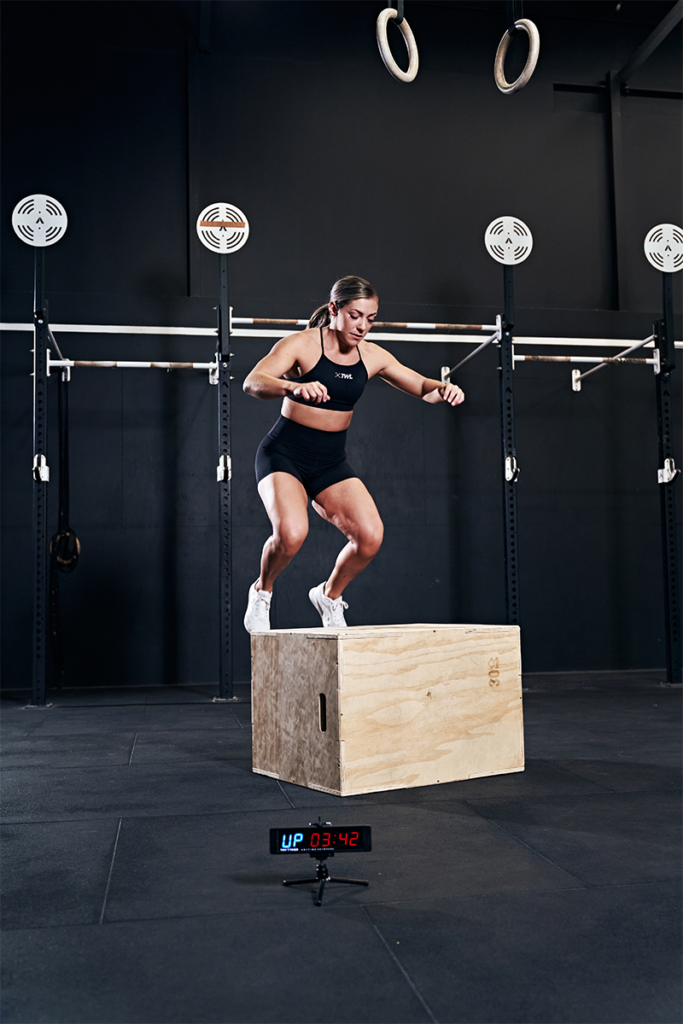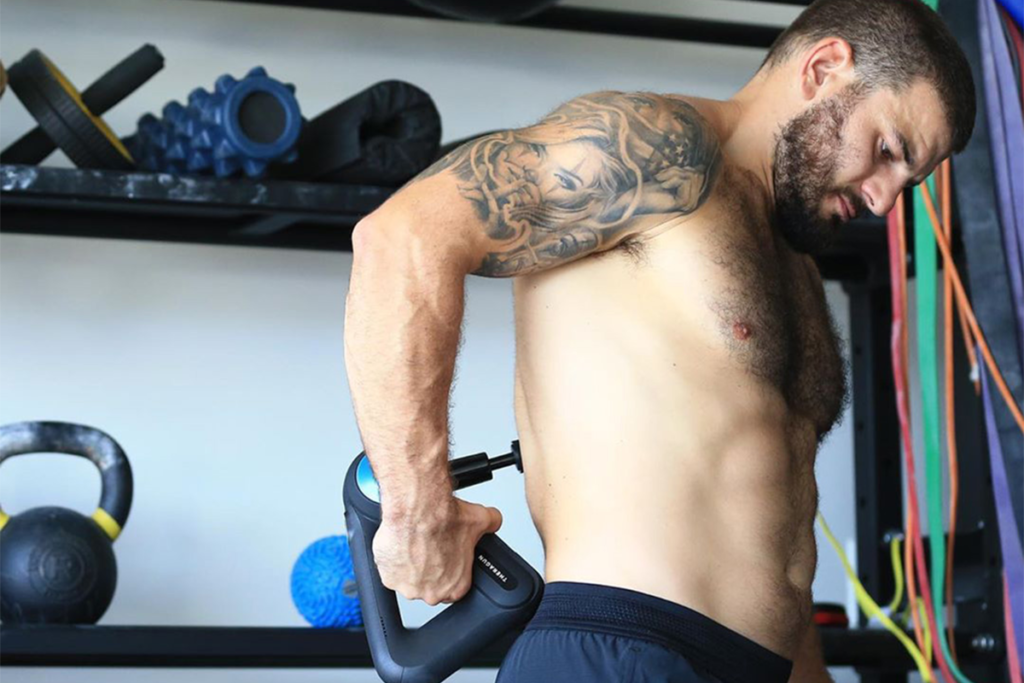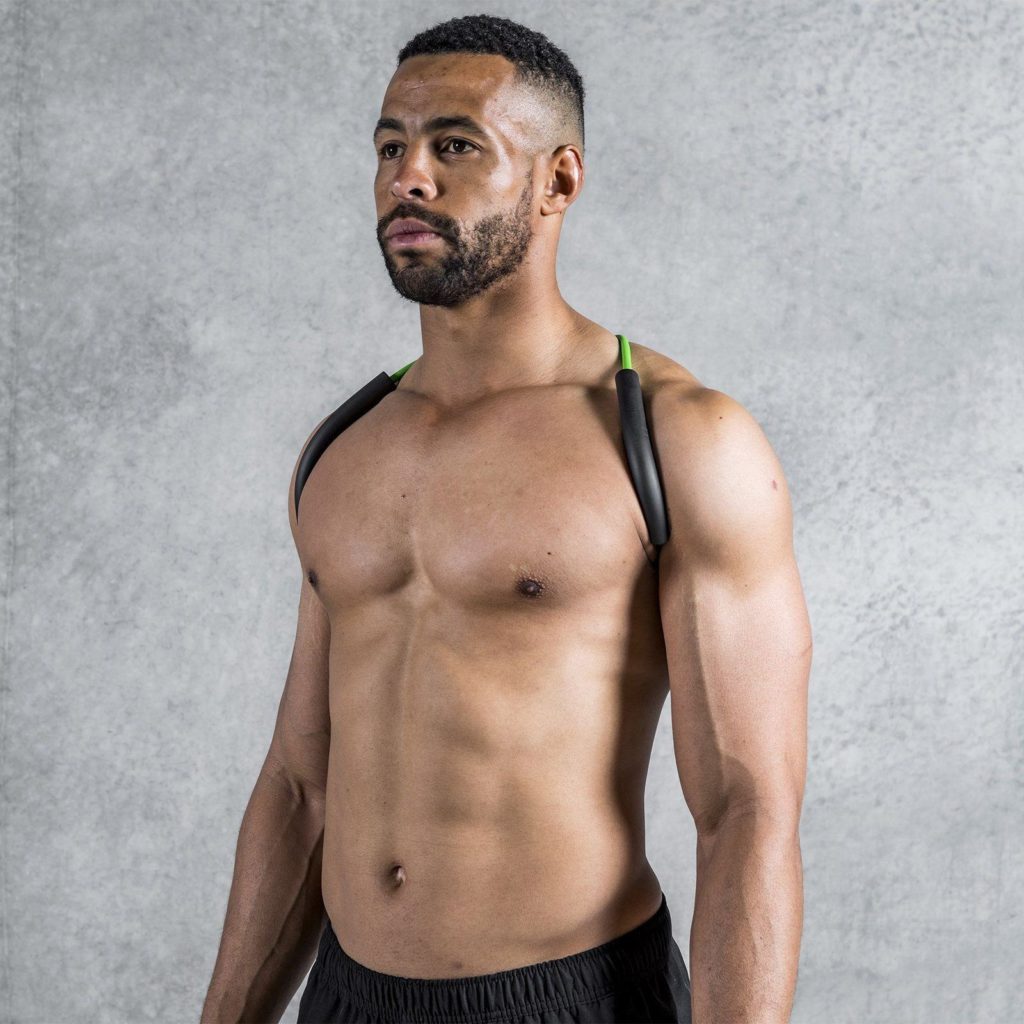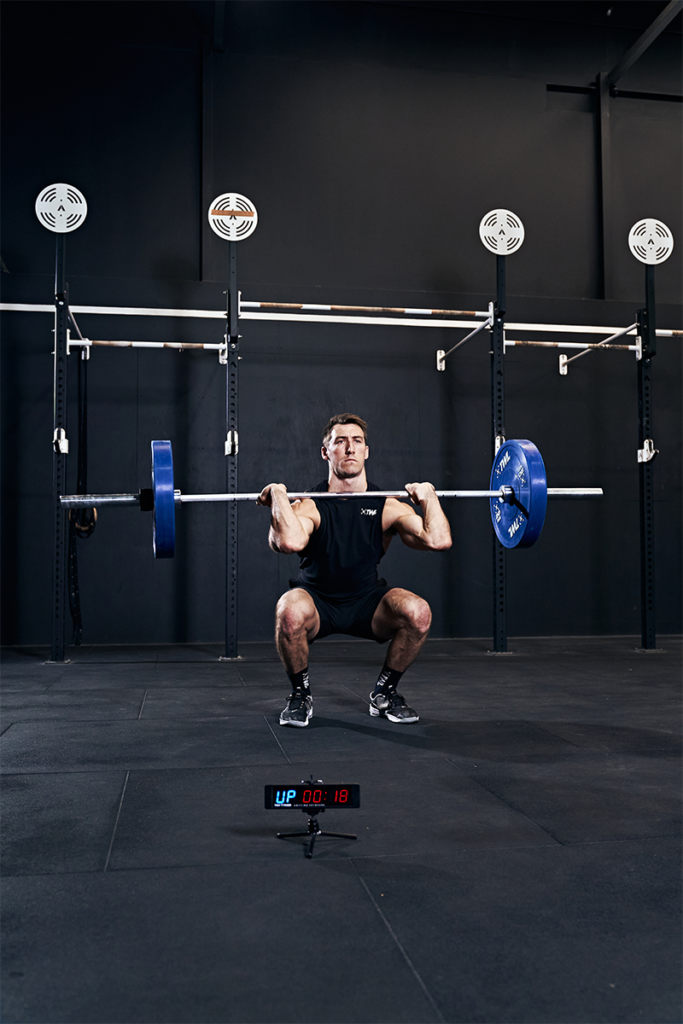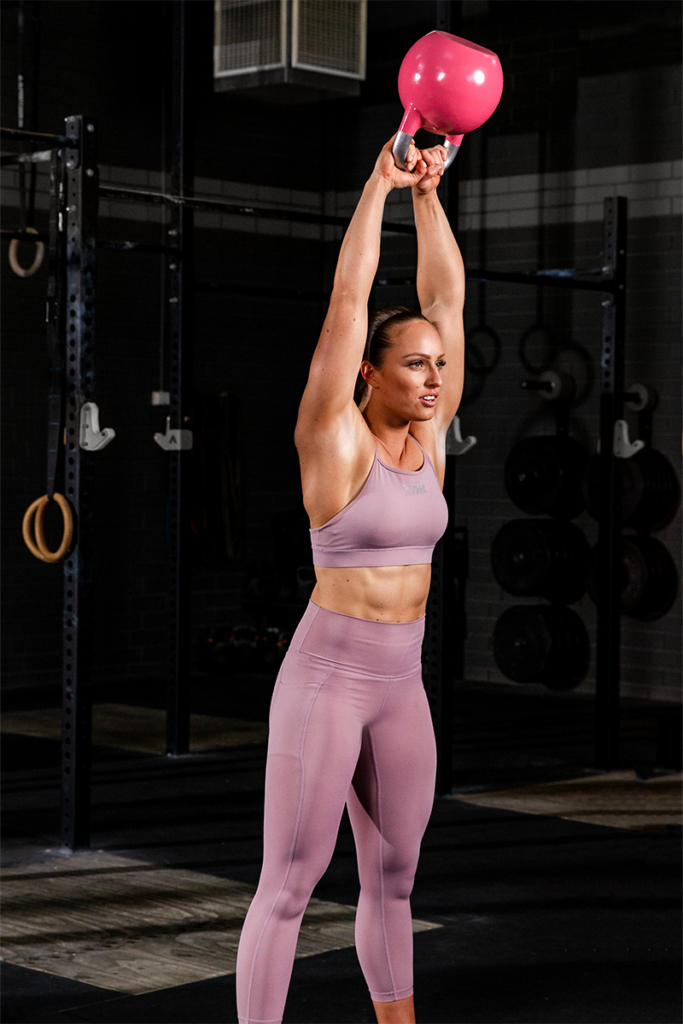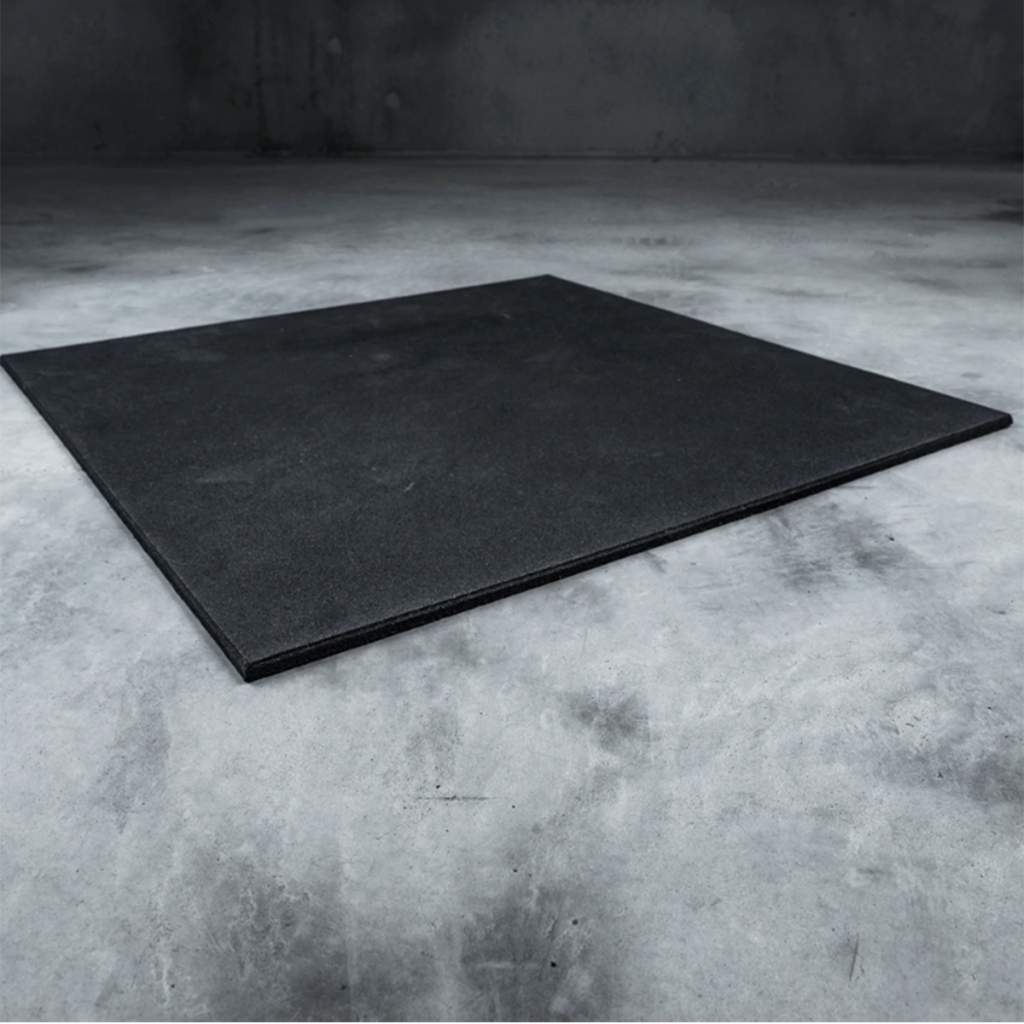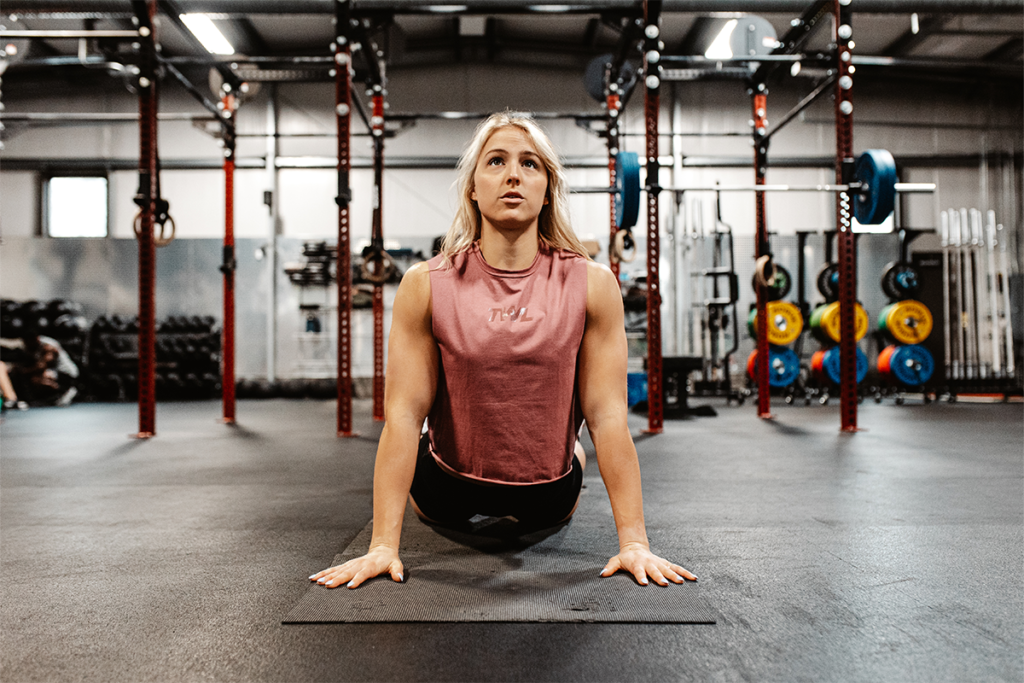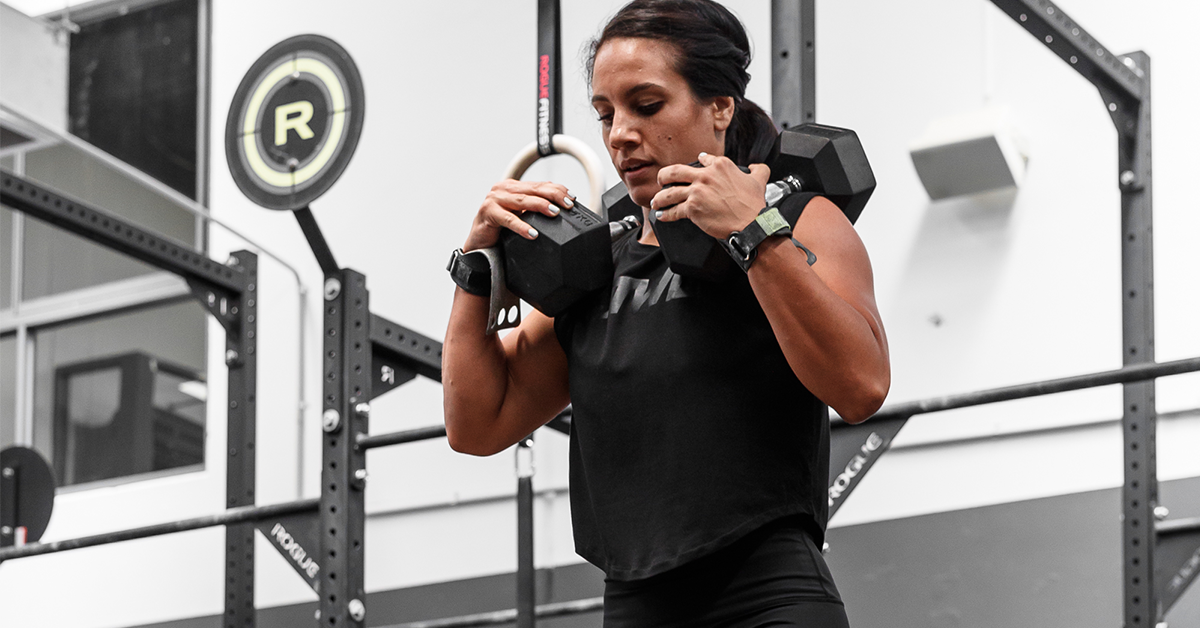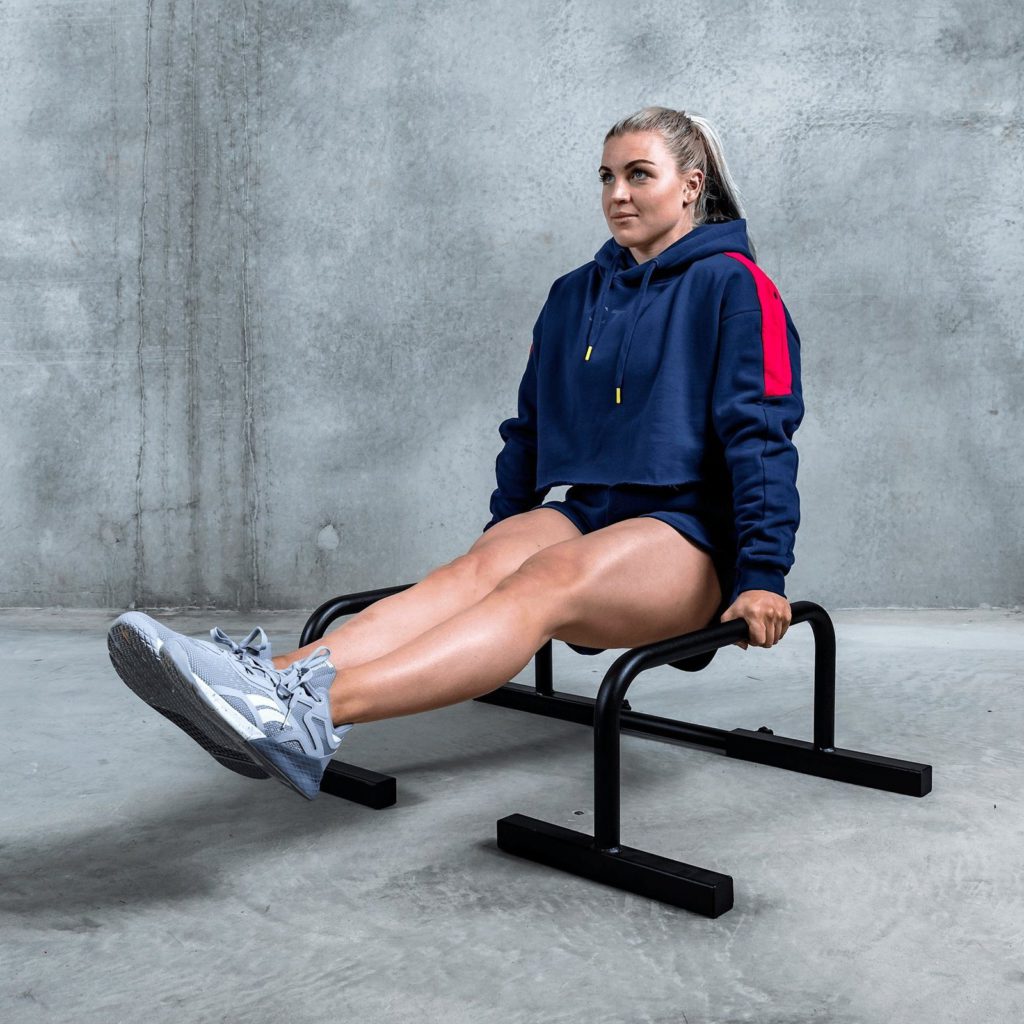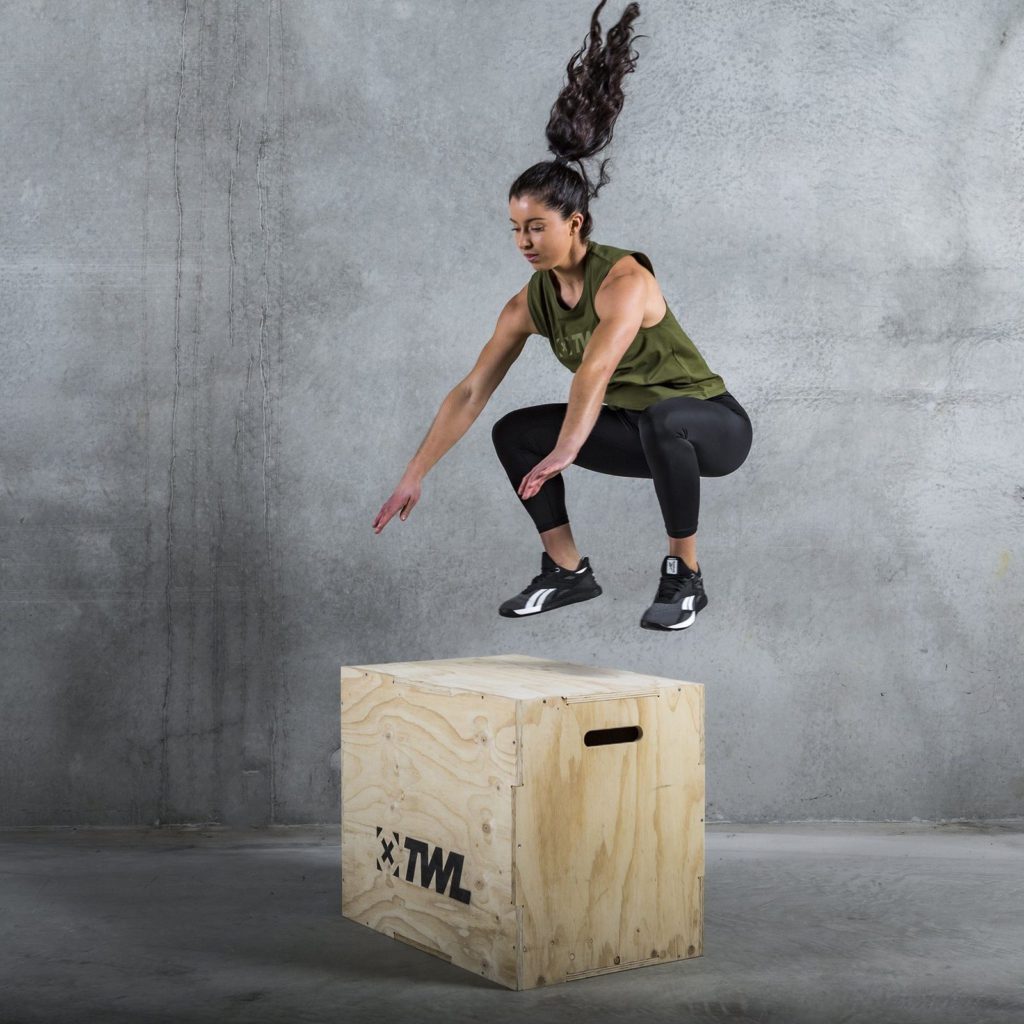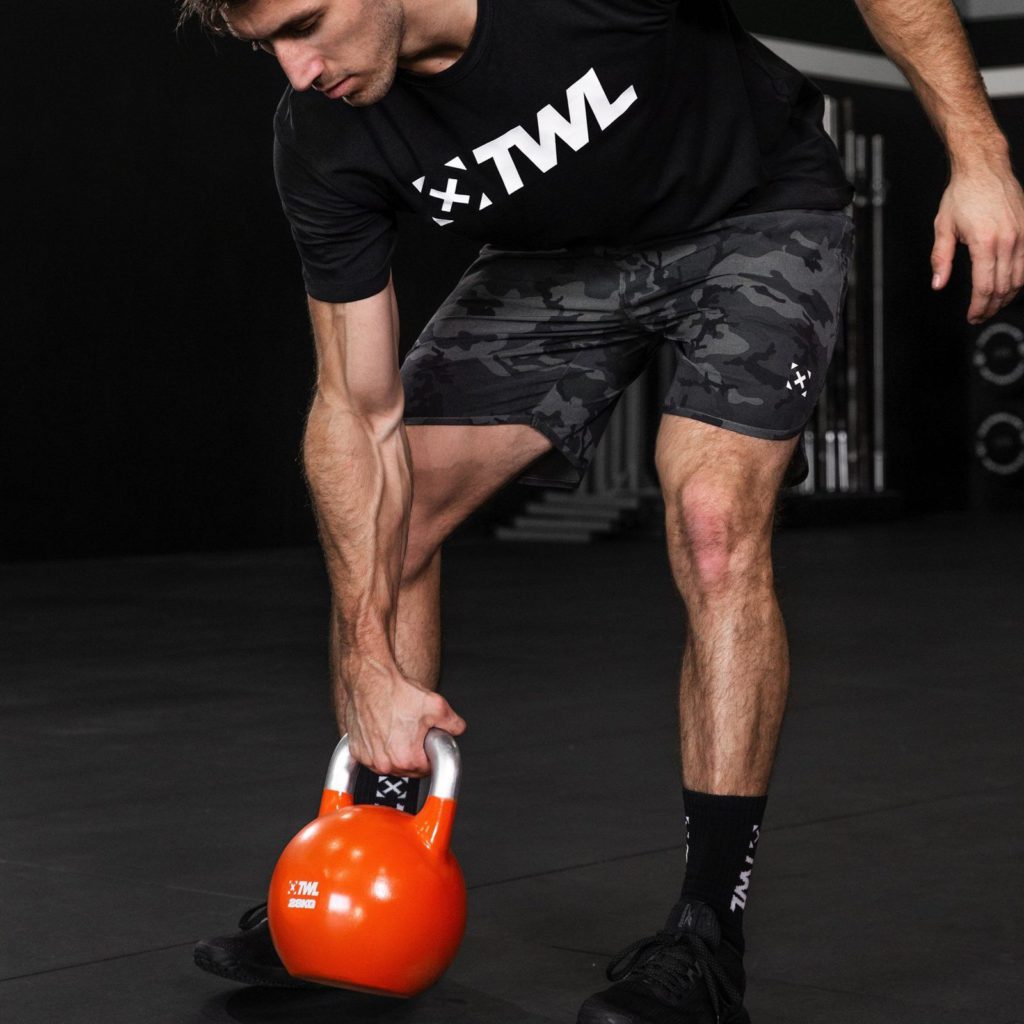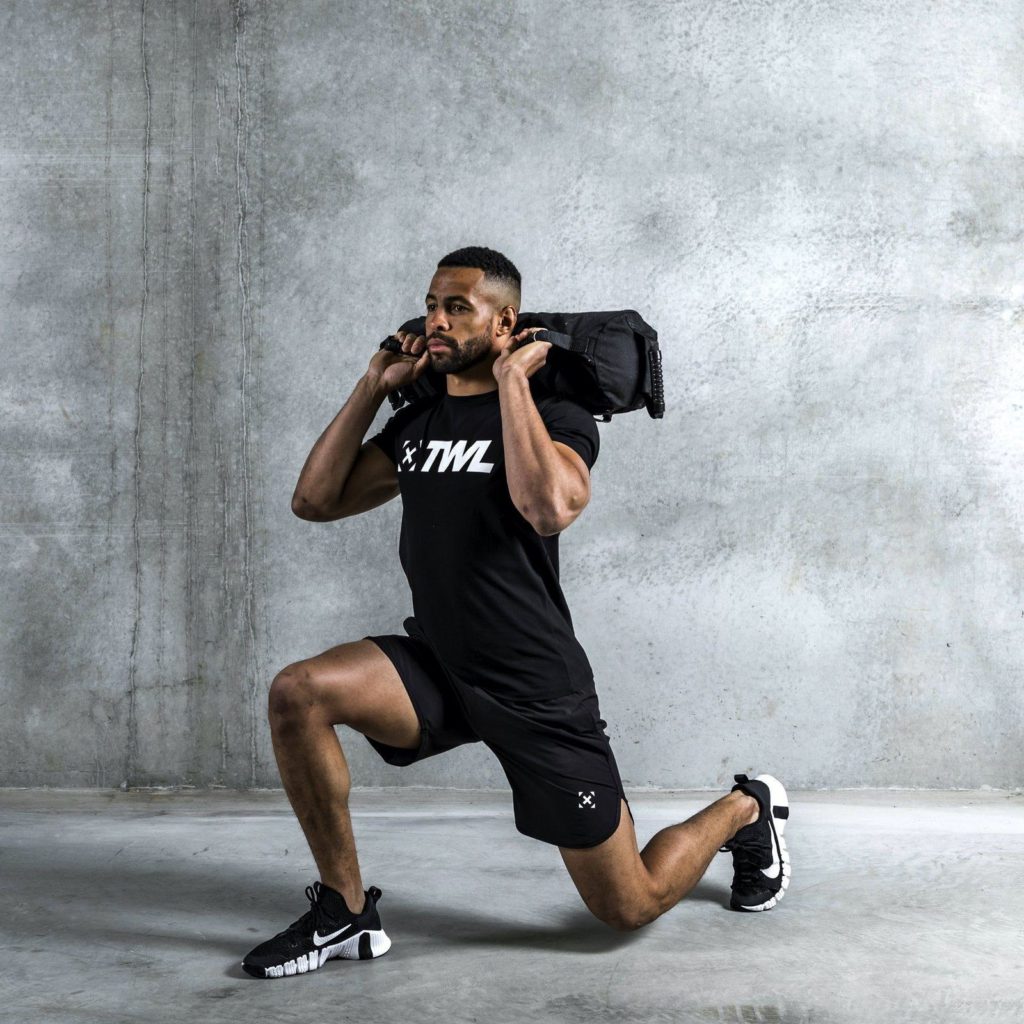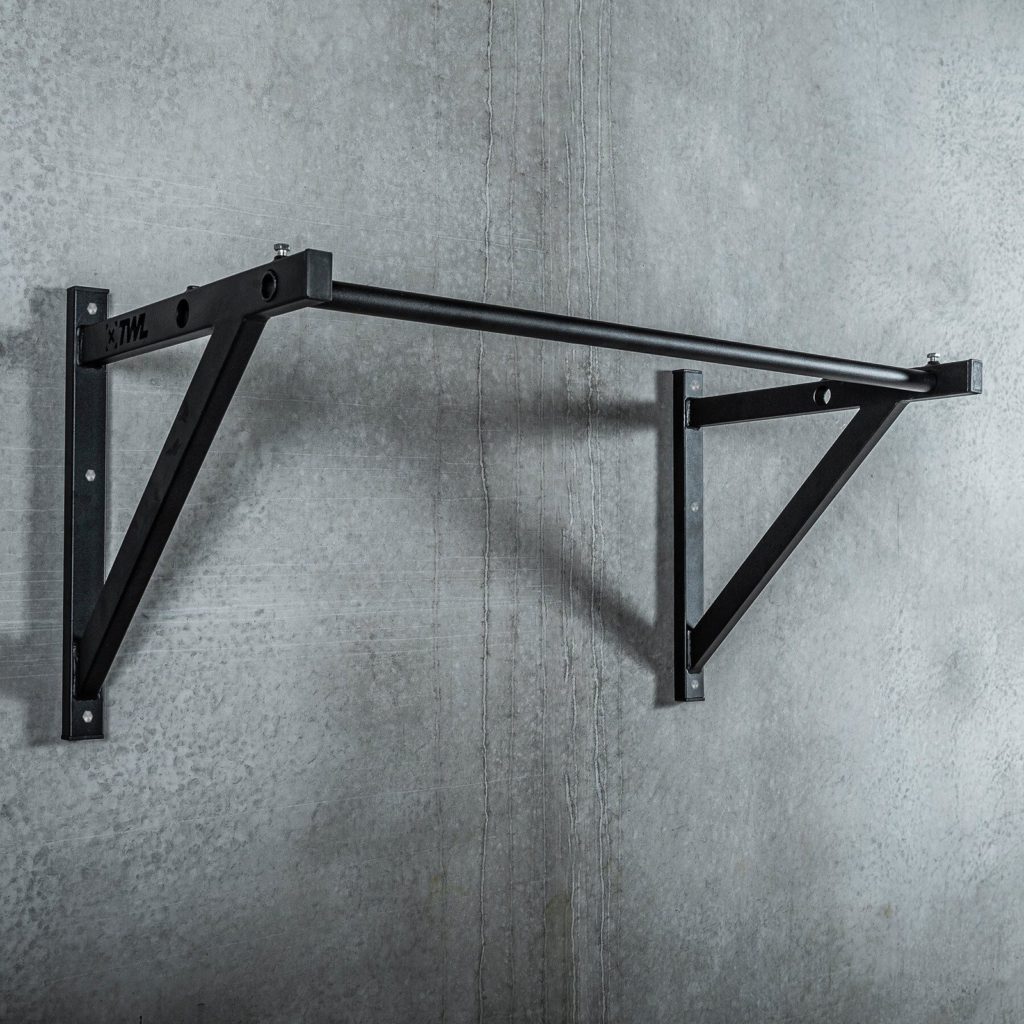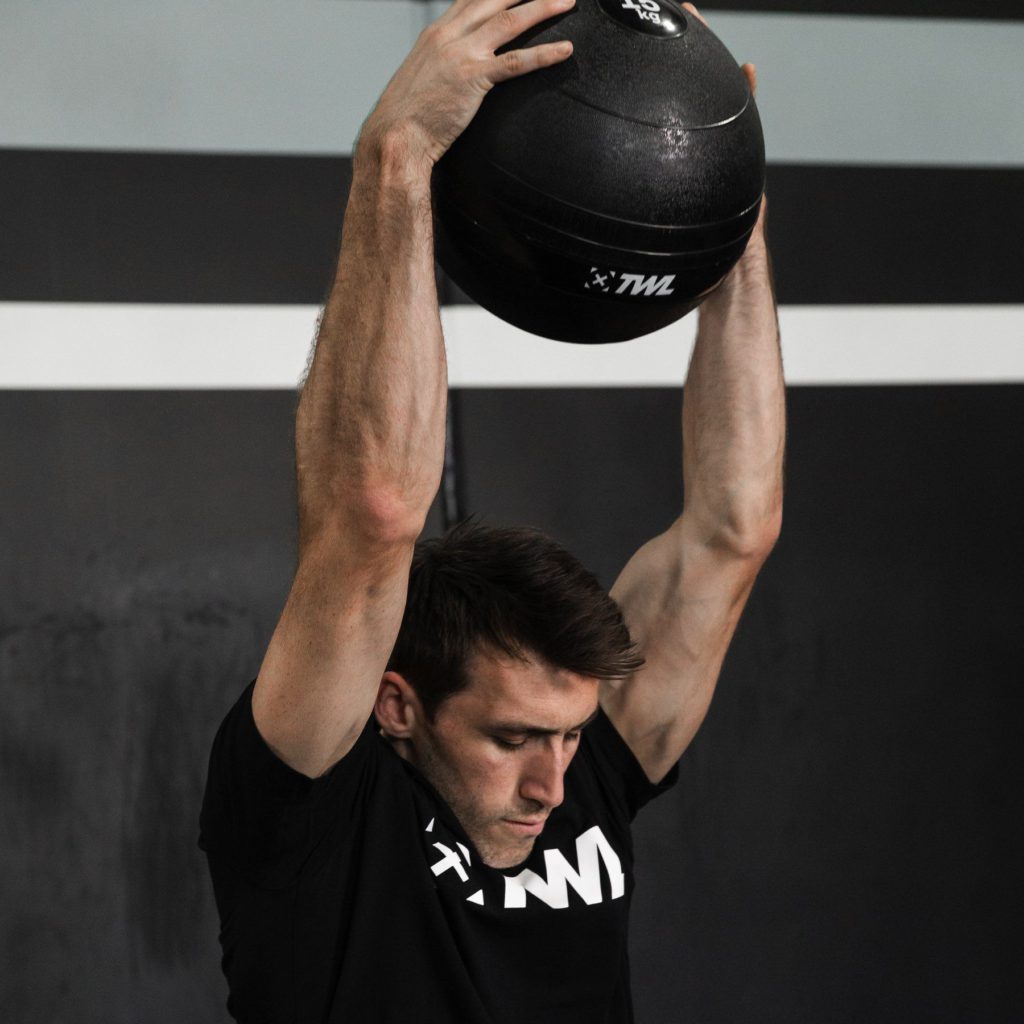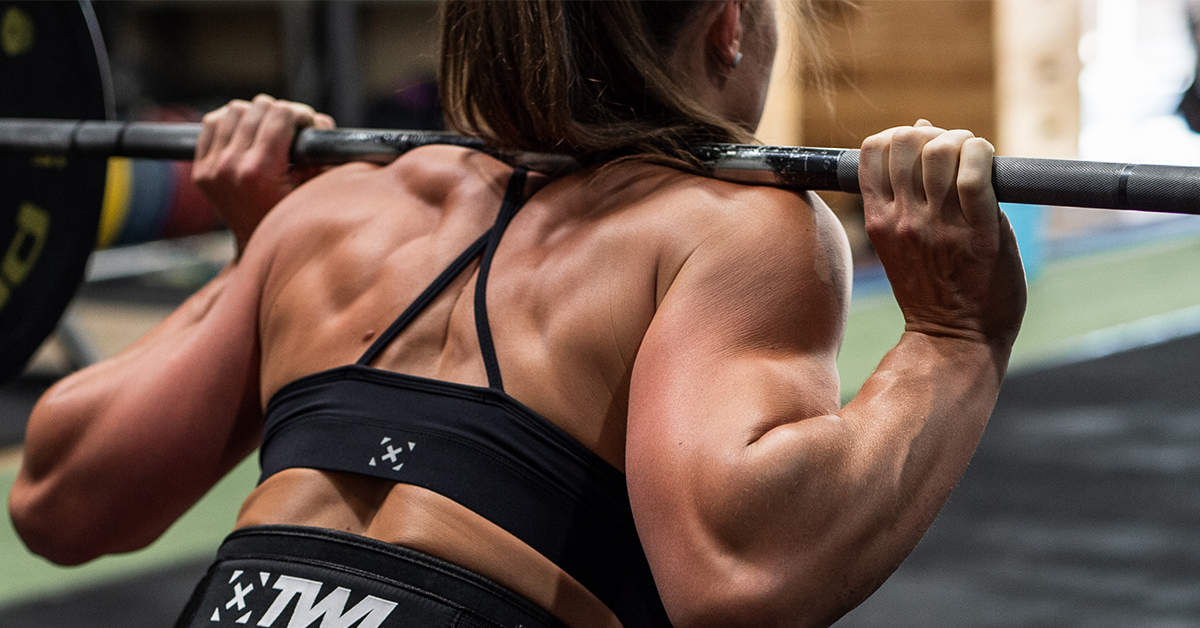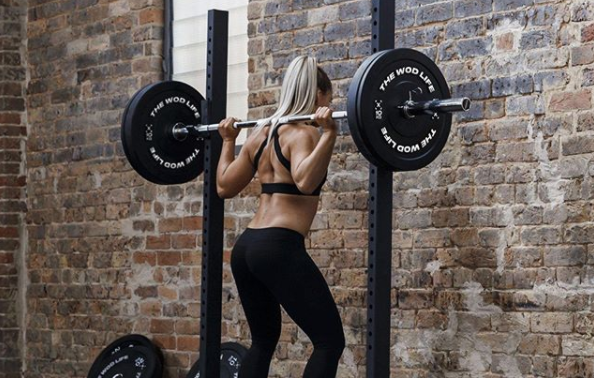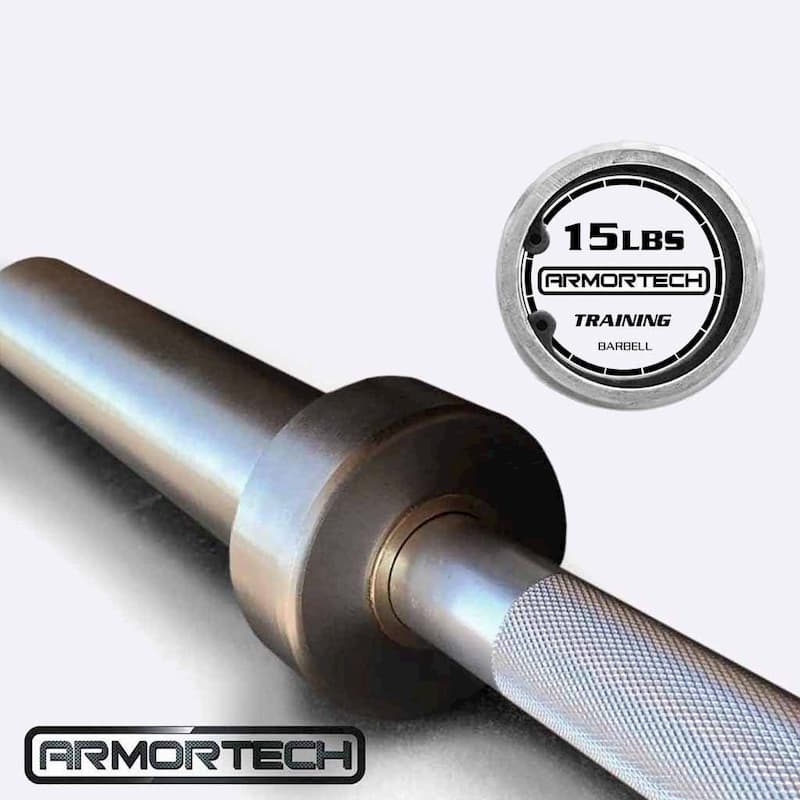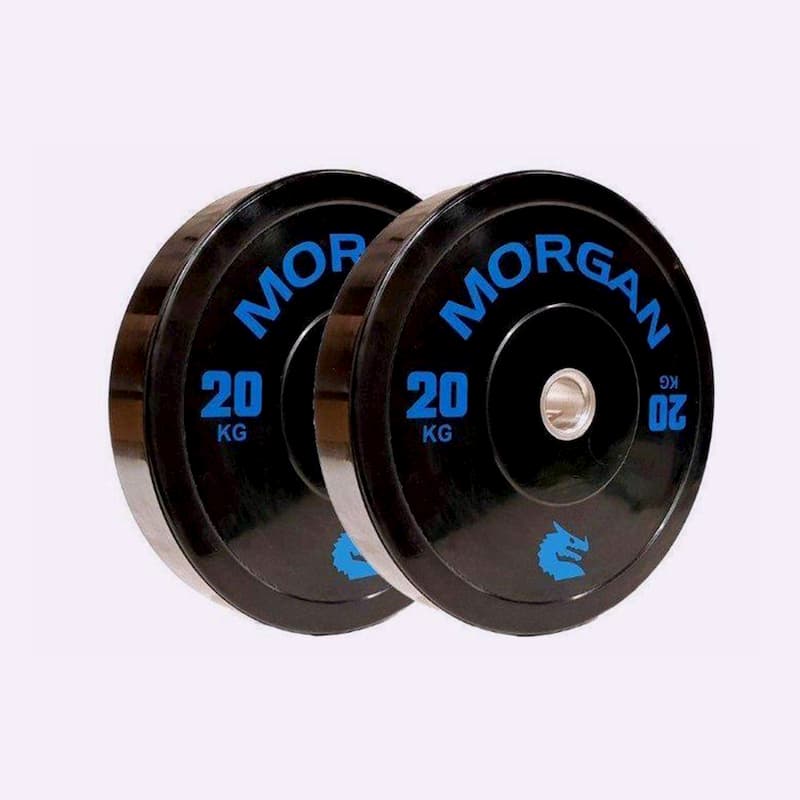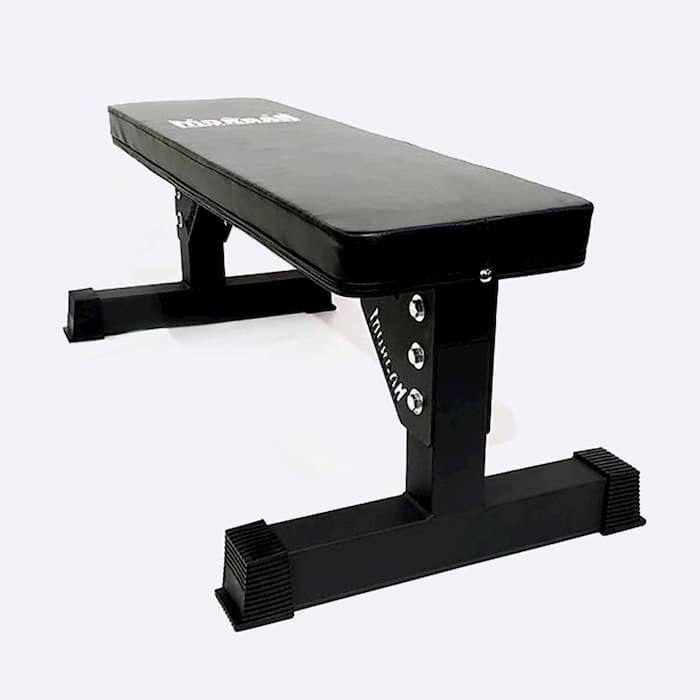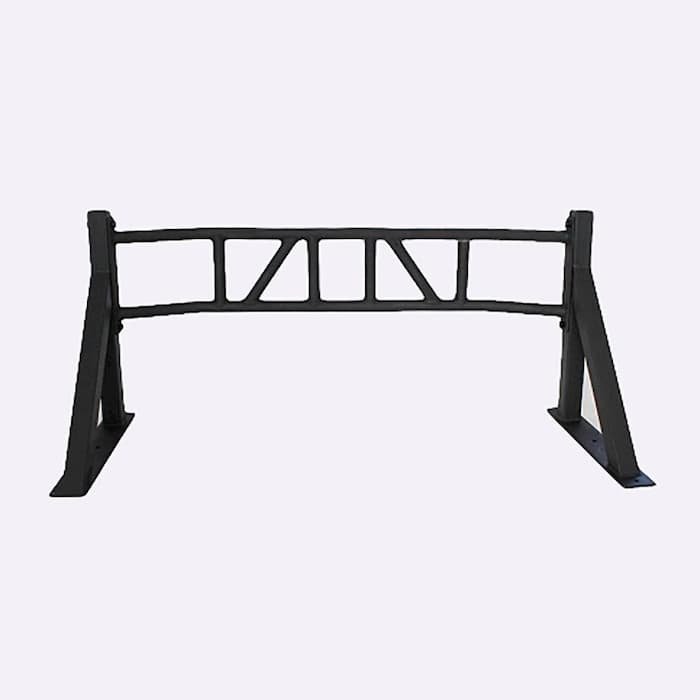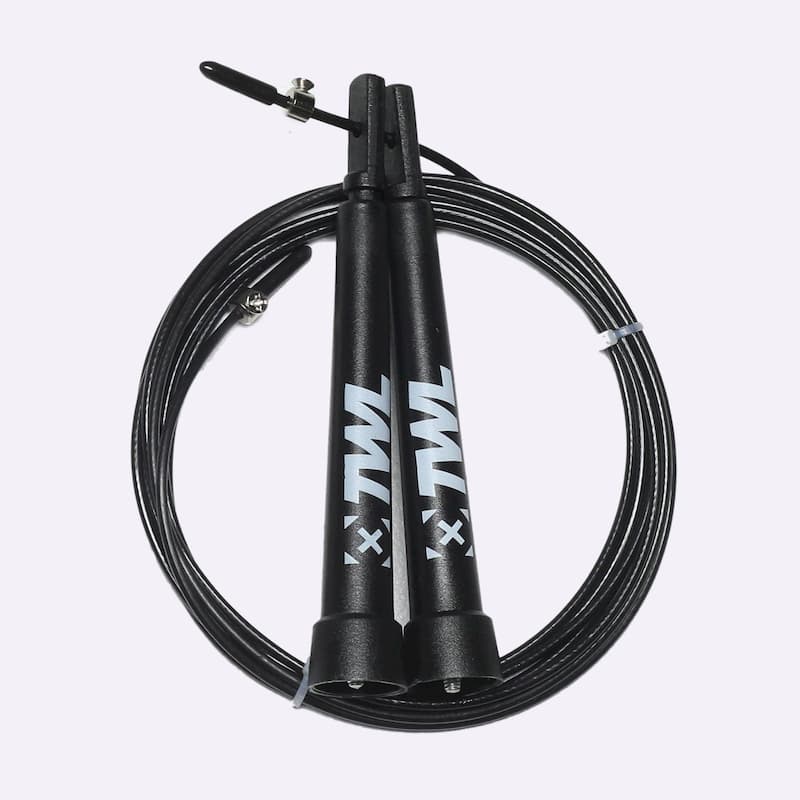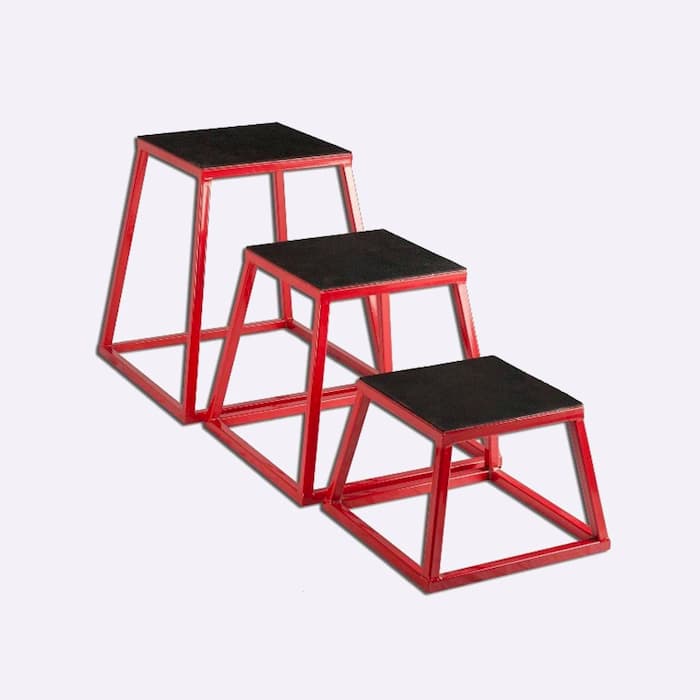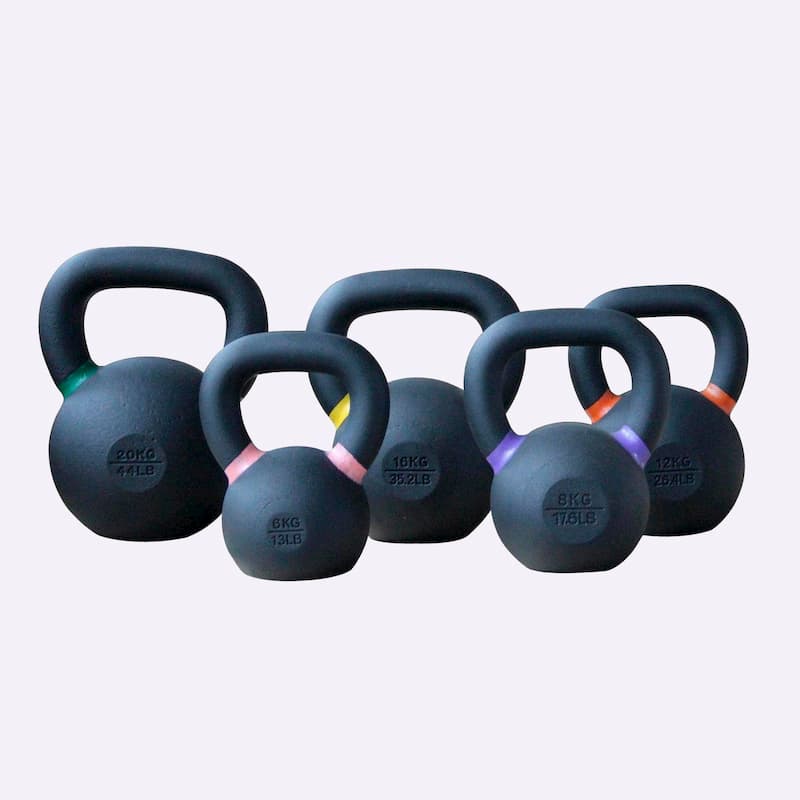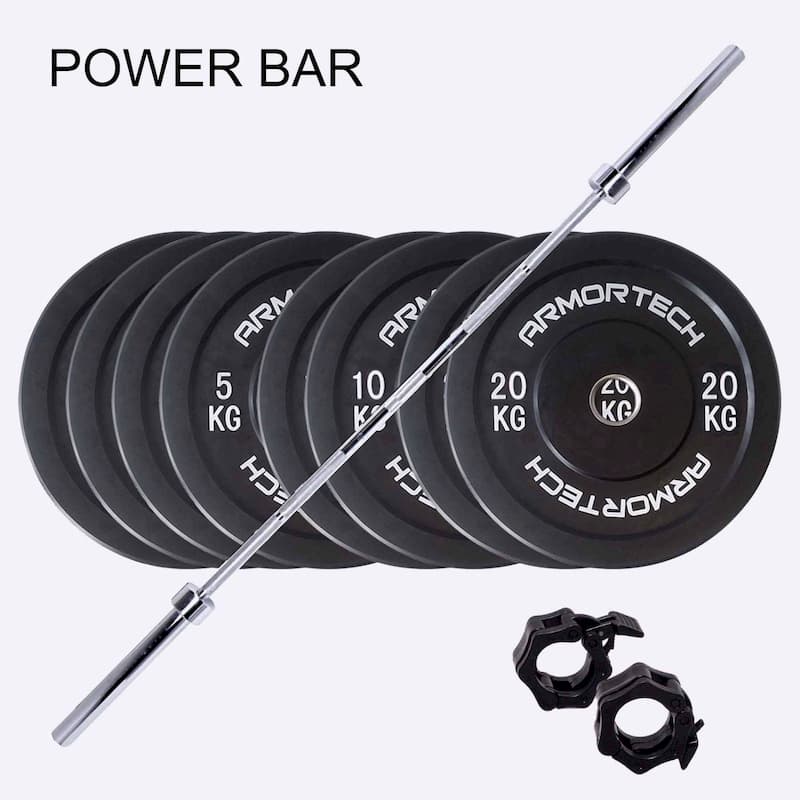You’re sore. Your muscles are tight. You can’t lock your arms out overhead, and it’s challenging to sit down in a squat all the way. It sounds like your mobility is suffering! Here’s the good news: There are all sorts of mobility tools to help improve your range of motion. And this stuff matters because mobility is important in preventing injury.
So, let’s talk about some of your options. What mobility tools and equipment can help you improve and maintain your mobility? Keep scrolling!
A to Z Mobility: 9 Tools to Help You Recover and Stay Healthy
All of these mobility tools are unique and offer their own benefits. Let’s go through them one by one.
1. Crossover Symmetry
Crossover Symmetry focuses specifically on the shoulder area — including the rotator cuff and scapular plane. It not only teaches you how to activate these muscles but also builds strength. With consistency, it improves your overhead strength, stability, and mobility.
Shop Now
Another benefit of Crossover Symmetry is that it’s quick and efficient. Even five minutes of it can reap rewards.
2. Foam Rollers
We can’t sing the praises of foam rolling enough. It’s a gentle form of myofascial release that helps muscles relax, reduces soreness, and improves mobility. You can use a foam roller just about anywhere, from your calves and hamstrings to your back and quads.
Shop Now
Note that there are different types of foam rollers. For example, some have a smooth surface while others are textured or bumpy. Similarly, some are firmer than others, meaning you’re going to experience a more intense feeling.
3. Lacrosse Balls
For those harder-to-reach areas that a foam roller just can’t hit, you might find a lacrosse ball more suitable. Because they’re more firm, they’re perfect for getting knots and other trigger points that a foam roller just can’t tackle.
Shop Now
Pro tip: Try using a lacrosse ball to roll out your feet. It doesn’t just feel amazing — it can also help improve your ankle mobility. Your feet go through nonstop wear and tear and have a huge job to do. We need to pay more attention to them!
4. Mini Bands
If you want to target your hip flexors or activate your glutes, mini bands are the way to go. Clamshells, banded squats, monster walks, hip bridges, and beyond — there’s no end to how you can mobilize and strengthen with a mini band.
Shop Now
This mobility tool is compact and versatile, making it the perfect training buddy. Remember that there are different “levels” of bands. If they’re narrower or thinner, they’re going to provide less resistance, meaning they’ll be easier to use. Thicker or wider bands will be the opposite.
5. Muscle Rollers
Muscle rollers provide another type of myofascial release similar to foam rollers. However, in the case of a muscle rolling stick, you hold it in your hands and thus have a little more control. It’s great for targeting tight quads, or you can turn over and ask a buddy to roll out your calves, hammies, and bum!
Shop Now
6. Posture Medic
Guess what? You’re probably slouching. Excessive sitting and poor posture can wreak havoc on your body, leading to tightness in the hip flexors, lower back, and pecs specifically. Try training like that and you’re basically asking for an injury. Posture Medic retrains your body to sit and stand with the proper alignment.
As you re-learn how to align your body the right way, you’ll carry this into your training. Eventually, you’ll find that movements like split jerks and overhead squats feel a little bit more comfortable.
7. Resistance Bands
There’s no end to the benefits of resistance band training. Similar to mini bands, full-sized resistance bands are a low-impact yet challenging way to target smaller muscles that might otherwise be ignored. Incorporating bands into your warm-ups, cool-downs, or active recovery days works the muscles without pushing them to the point of total exertion. They’re awesome for targeting weaknesses, improving balance across your left and right planes, and boosting mobility.
Shop Now
Not sure where to start? Try these five back exercises with resistance bands!
8. Scraping Tools
Scraping tools might be a lesser-known mobility tool, but they deserve a spot in your gym bag regardless. Muscle scraping helps to break up hardened and tight fascia so that your range of motion improves. It also improves blood circulation, decreases pain and soreness, and promotes healing.
Shop Now
This is a quick one! Scrape the targeted spot for about 15 to 30 seconds before moving on. And always scrape in one direction. Redness is normal! You can scrape every day but if you’re still sore or irritated, give yourself a day or two to recover in between sessions.
9. Trigger Point Therapy
Trigger points are areas of sensitive and tight muscle fibers that result from injury or overuse. If left unaddressed, this can progress into myofascial pain syndrome. Trigger point therapy can utilize a variety of tools, Like Armaid and the Acucurve Cane.
Shop Now
3 Tips for Using Your Mobility Tools
Now that you know more about some of the best mobility tools, let’s cap this off with a few practical guidelines.
1. Do it Consistently
While many of these mobility tools can bring nearly instant results, you need to use them regularly in order to maintain those results. Make a little time for mobility every day, if possible.
2. If it Hurts, Stop
Yes, mobility exercises can get uncomfortable. But if you’re experiencing significant pain, stop and reassess. It’s also a good idea to grab your coach or a physical therapist and ask for guidance. Pain is usually indicative of something bigger, and you shouldn’t ignore or suffer through it.
3. Be Willing to Test Different Things
Your mobility toolkit might include a few different things. You might prefer a foam roller for your calves and a mini band for your hips. Be open to testing and trying different things, because that’s the only way to learn.
Ready to take control of your mobility? Check out The WOD Life’s full range of recovery tools today.

